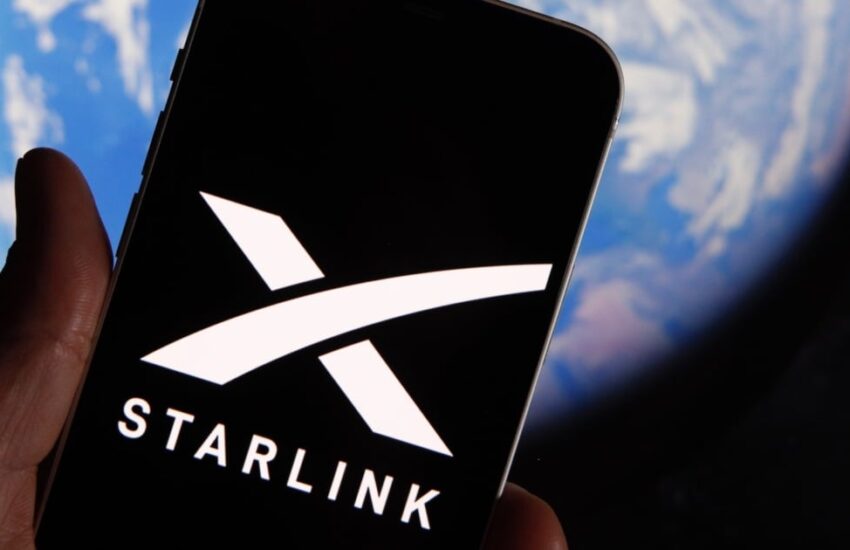To further drive down latency for Starlink, SpaceX CEO Elon Musk plans on launching “next-generation” satellites that orbit closer to Earth.
“The current Starlinks are at 550 kilometers (in orbit). And the next generation will be 350,” he said over the weekend while using Starlink to live stream himself playing Diablo IV.
Starlink harnesses orbiting satellites to beam internet data to the ground. SpaceX recently touted decreasing the median latency for Starlink users to 28 milliseconds, but to cut that down even more, Musk wants to physically shorten the distance between the satellites and Earth.
“Speed of light is the one thing that we cannot overcome,” he said during the live stream. “So the up-down, up-down for a packet to bounce through space to a satellite to the ground and then back again is currently about 8 milliseconds. So you can’t beat the 8 milliseconds. Future versions of Starlink will be at a lower altitude, so that will be probably closer to a 5- or 6-millisecond latency.”

(Credit: SpaceX’s Starlink)
The lower orbits promise to help Musk reach his goal of bringing Starlink’s overall latency for users to under 20 milliseconds, improving the system’s ability to play online games and host video conferencing. “In the next year or two, we should be able to get the Starlink latency below 20 milliseconds,” he added during the live stream.
SpaceX has hinted at these next-generation satellites before. In October, the company submitted a filing to the International Telecommunications Union about operating 29,888 satellites — a staggering 19,440 of which would orbit the Earth from 340 to 360 kilometers.
But before SpaceX can launch future Starlink satellites, the company will need to secure clearance from the US Federal Communications Commission. In February and March, SpaceX asked the FCC to operate upcoming Starlink satellites at the 340- to 360-kilometer range.
Recommended by Our Editors
In response, the FCC on Friday sent a letter to SpaceX hinting at its various concerns about launching the satellite fleet closer to Earth. The agency asked for more details about making sure such satellites “do not affect operations of inhabitable space stations,” when the International Space Station orbits at about 400 kilometers.
Another question involves lower-altitude Starlink satellites emitting more light in the night sky, potentially disrupting optical astronomy. In addition, the FCC is asking for a SpaceX analysis on whether the lower-orbiting satellites could cause radio interference with other satellites.
The commission gave SpaceX until July 8 to respond. In its earlier filings, SpaceX also mentioned that lowering the orbits for Starlink satellites should improve the system’s latency while making it easier to retire those satellites, which involves de-orbiting them and having them burn up in the atmosphere.
Get Our Best Stories!
Sign up for What’s New Now to get our top stories delivered to your inbox every morning.
This newsletter may contain advertising, deals, or affiliate links. Subscribing to a newsletter indicates your consent to our Terms of Use and Privacy Policy. You may unsubscribe from the newsletters at any time.

